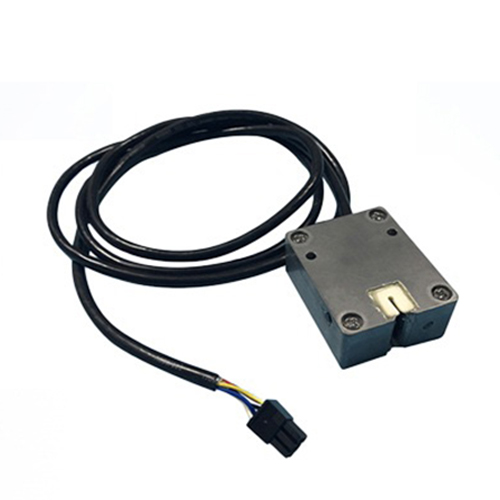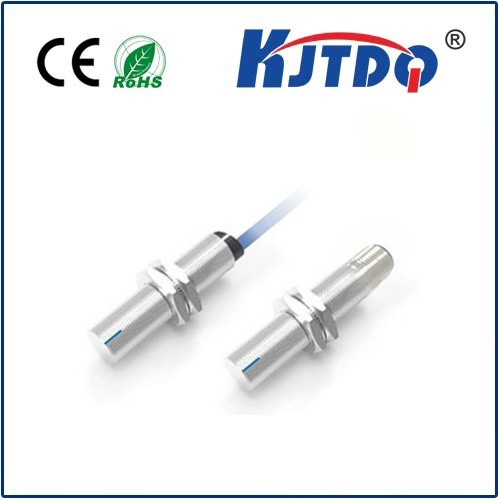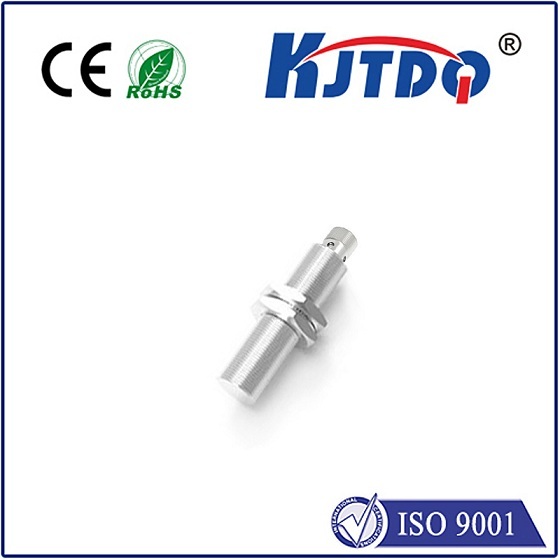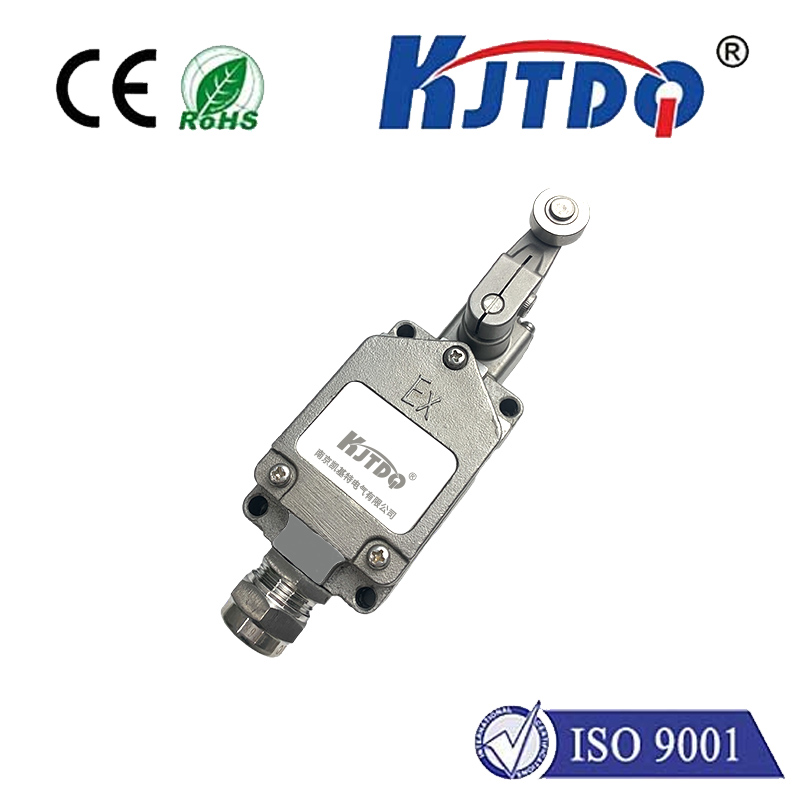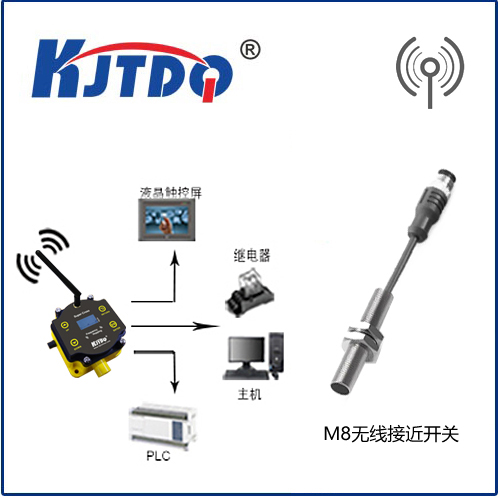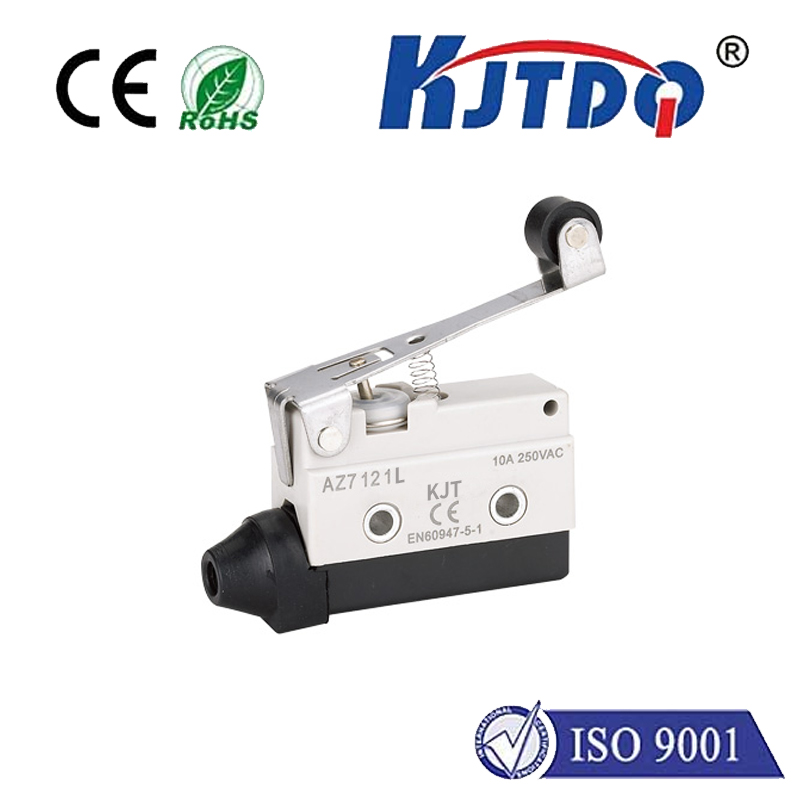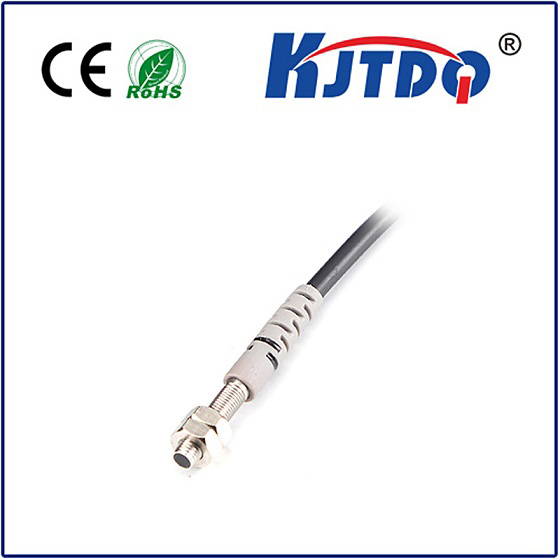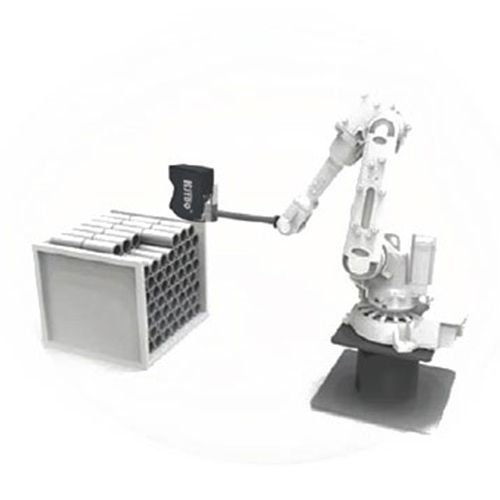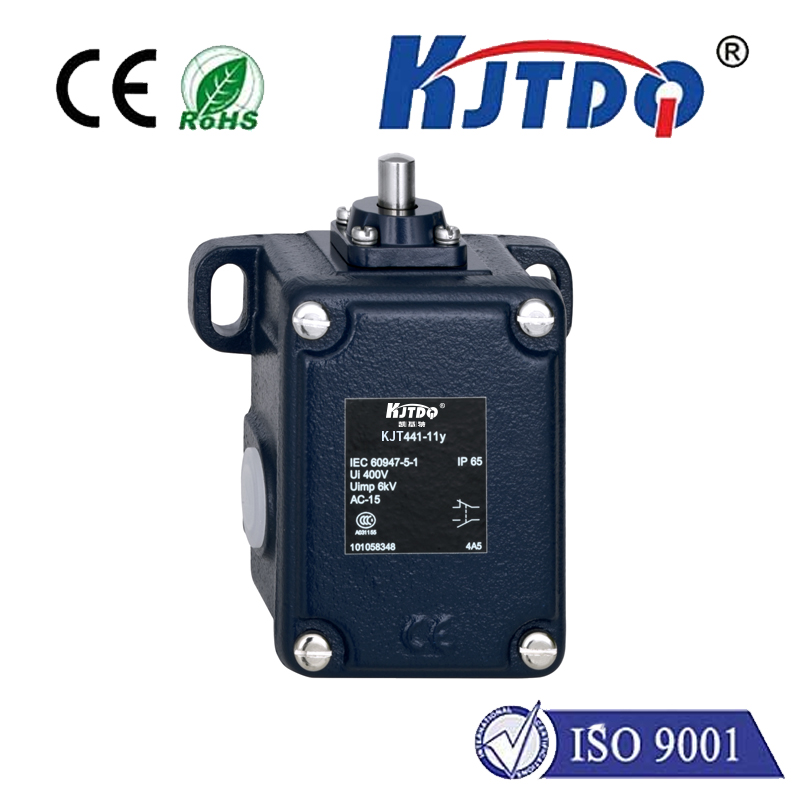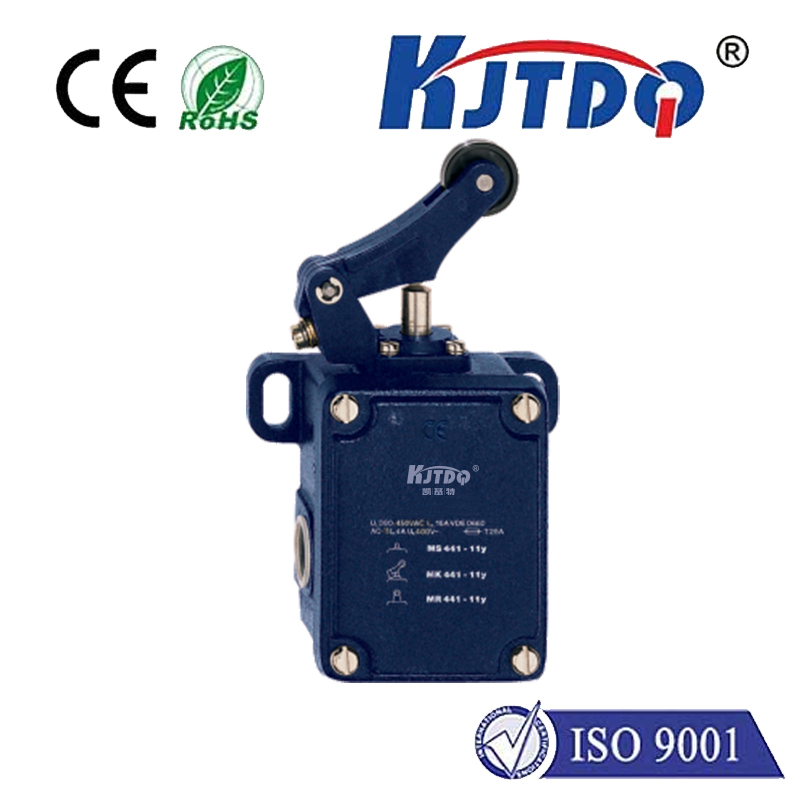

check

check

check

check

check

check

check

check

check

check
Laser Point Sensor: The Cutting-Edge Technology in Modern Sensing
The advancement of technology has brought about numerous innovations, and one of the most significant ones is the laser point sensor. This revolutionary device has revolutionized various industries by providing precise, accurate, and reliable measurements that were previously impossible to achieve. In this article, we will explore the features, applications, and benefits of the laser point sensor.
What is a Laser Point Sensor?

A laser point sensor is a device that uses a laser beam to measure distances, positions, and velocities. It works by emitting a laser beam that reflects off an object and returns to the sensor. The sensor then calculates the distance between itself and the object based on the time it takes for the laser beam to travel back and forth. This technology allows for highly accurate measurements with minimal human error.
Applications of Laser Point Sensors
Laser point sensors have found applications in various industries, including manufacturing, construction, automotive, and robotics. In manufacturing, they are used to detect defects in products during Quality Control processes. In construction, they are used to measure distances and angles accurately, ensuring that structures are built according to specifications. In the automotive industry, they are used to monitor vehicle speed and distance from other objects, improving safety features such as adaptive cruise control. In robotics, they are used to guide robots through their environment, enabling them to avoid obstacles and perform tasks more efficiently.
Benefits of Laser Point Sensors
Laser point sensors offer several benefits over traditional sensing methods. Firstly, they provide highly accurate measurements that are not affected by environmental factors such as lighting conditions or temperature changes. Secondly, they can be used in hazardous environments where human workers cannot go, reducing the risk of injury or fatality. Thirdly, they are non-contact devices, meaning they do not physically touch the object being measured, reducing the risk of damage to delicate components. Finally, they can be easily integrated into existing systems, making them versatile tools that can be used in a variety of applications.
Conclusion
In conclusion, the laser point sensor is a cutting-edge technology that has revolutionized modern sensing. Its accuracy, reliability, and versatility make it an essential tool in various industries, from manufacturing to robotics. As technology continues to advance, we can expect even more innovative applications for this remarkable device in the future.
